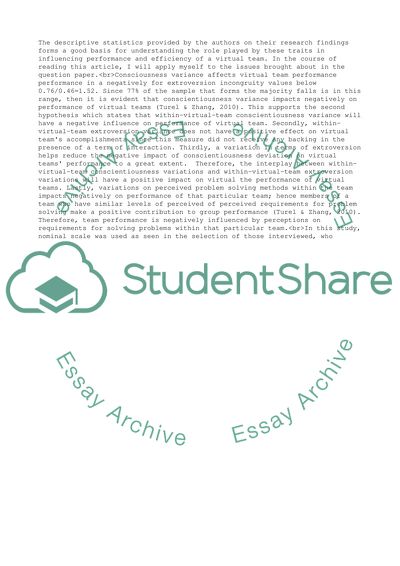Cite this document
(“BASIC STATISTICAL MEASURES Essay Example | Topics and Well Written Essays - 1250 words”, n.d.)
Retrieved from https://studentshare.org/business/1698521-basic-statistical-measures
Retrieved from https://studentshare.org/business/1698521-basic-statistical-measures
(BASIC STATISTICAL MEASURES Essay Example | Topics and Well Written Essays - 1250 Words)
https://studentshare.org/business/1698521-basic-statistical-measures.
https://studentshare.org/business/1698521-basic-statistical-measures.
“BASIC STATISTICAL MEASURES Essay Example | Topics and Well Written Essays - 1250 Words”, n.d. https://studentshare.org/business/1698521-basic-statistical-measures.


